Understanding the reasons associated with successful proposals are of paramount importance to improve evaluation processes. In this context, we analyzed whether bibliometric features are able to predict the success of research grants. We extracted features aiming at characterizing the academic history of Brazilian researchers, including research topics, affiliations, number of publications and visibility. The extracted features were then used to predict grants productivity via machine learning in three major research areas, namely Medicine, Dentistry and Veterinary Medicine. We found that research subject and publication history play a role in predicting productivity. In addition, institution-based features turned out to be relevant when combined with other features. While the best results outperformed text-based attributes, the evaluated features were not highly discriminative. Our findings indicate that predicting grants success, at least with the considered set of bibliometric features, is not a trivial task.
- Autor/es: Jorge A.V. Tohalino, Diego R. Amancio
- Año de publicación: 2022
- País: Brasil
- Idioma: Inglés
- Fuente de indexación: WOS



